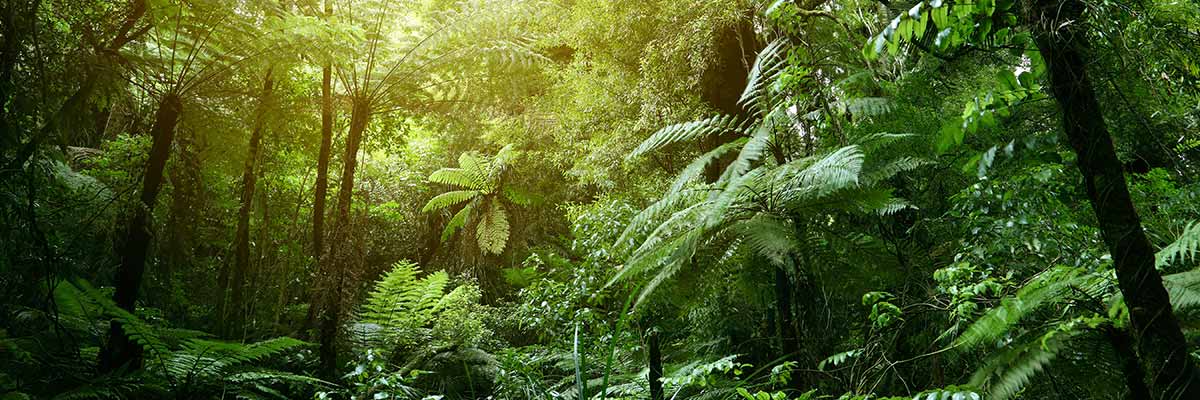Conversations about the way we manage our forests are a hot topic. We've addressed some of the most common questions about sustainable forestry and forest management here, as well as explained our initiative for implementing a beneficial forest management strategy.
If you have more questions about this subject, please
get in touch with us.
Q. What is sustainable forestry management?
Sustainable Forestry Management has earnt itself a controversial reputation and for good reason. The theory behind sustainable forestry management is that if you take something from the forest, you must replace it, i.e., you can remove as many trees as you like, as long as you plant young trees in their place. While the concept has merit, it doesn't take much research to see that the strategy is filled with holes.
Logging releases enormous amounts of carbon into the air, accelerating climate change and increasing soil erosion. Chronic soil erosion depletes soil nutrients and reduces the forest's ability to regrow fully. Deforestation also leads to habitat destruction and a loss of biodiversity, which threatens the benefits nature provides. If saplings survive, they can take more than 20 years to reach reproductive maturity and are at a greater risk of being destroyed in a bushfire event in the interim.
Research shows that older trees sequester more carbon, proving that the current sustainable forestry program negatively impacts our fight against global warming. Clark Generations aims to create a self-sustaining forestry management program that benefits the forest and its ability to sequester carbon while reducing bushfire risk and generating income to support forest conservation and regeneration further.
Q. What is Clark Generations Beneficial Forest Management program?
Clark Generations Beneficial Forestry Management program is to strategically remove forestry debris (fallen branches, dead trees, logs and root wads), thin the understory (the layer of vegetation beneath the canopy and the forest floor), and replant native trees to improve the forest ecosystem and biodiversity. An overgrown understory is an enormous fire risk and creates accessibility issues that undermine fire management efforts. Thick vegetation and invasive species like blackberries also suffocate native seedlings by starving them of sunlight.
The program differs from Sustainable Forestry Management as it does not remove vast areas of vegetation (as logging does) but strategically selects plants for removal for the specific purpose of creating firebreaks, increasing light to promote new growth and removing invasive species of plants that suffocate our native plants.
Our program will extend current bushfire management zones and protect a far greater expanse of native forests. By minimising the fuel load, we can protect new growth and give native forests the best chance at regeneration, thus improving their ability to sequester carbon and positively affect climate change.
Q. Why do we need Beneficial Forestry Management?
Beneficial Forestry Management is crucial for our future. As global warming increases bushfires' occurrence and severity, we risk destroying our native forests forever. We are responsible for preserving and protecting our country's natural resources. Our forests provide clean air, water and a home to our unique wildlife.
However, Beneficial Forestry Management needs to balance our economic and environmental needs. Revenue generated from forestry management will pay for our continued conservation efforts so that we can stop relying solely on the government for investment. By finding ways to utilise Biomass, including lower-grade material like blackberries, through innovative technology, we estimate we can generate economic value, stimulate jobs and offset conservation costs, ensuring that our forests will continue to thrive and provide for future generations.


